
A reading room at a Beijing primary school in Beijing, China, July 19, 2021. /Xinhua
A reading room at a Beijing primary school in Beijing, China, July 19, 2021. /Xinhua
In terms of reducing workloads, the power of private education – which preyed upon the fears of Chinese parents' concerns for their children's educational outcomes – was curbed in 2021. In the same year, national guidelines were introduced to recalibrate classes to suit individual students and reduce the heavy homework burden. This has led the Ministry of Education to issue a notice to halt paper assignments for first and second graders while paper assignments for higher grade students must be able to be completed within one hour.
Of course, more free time, in the hands of the undisciplined, could be just as problematic as too much homework. Market forces, seeking profit over principles, aim not only to gain from parents' fears of their children's future, they also seek the commodification of childhood by preying on the insecurities and immaturity of youth.
Consequently, by law, Chinese minors can only game online for three hours a week while restrictions have been placed on celebrity culture which can exert a negative influence on social values and affect the physical and mental health of youth. To fill the free time, Chinese schools are increasingly focusing more on sports, the arts and after-hour activities that develop curiosity such as magic classes.
Within schools, there is a quiet revolution taking place to achieve equality and excellence. Education standards are being unified so that rural and urban school infrastructure, technology and teaching are standardized. The standard teacher-to-student ratio is 13.5 students per teacher, and through the circulation of teachers between rural and urban schools, teaching standards will be raised.
Already, university majors related to big data and AI are the most popular and China produces more tech graduates than any other country. However, to further build on this success, the goal is to make pre-university education technology-driven, push creative learning over rote learning, and integrate business skills to make learning more practical for China's innovative future.
Looking at the task ahead, transforming China's education system into one that is tech-driven, focused on creative learning, and which provides equal access to both rural and urban students by 2035 will require enormous resources and drive. However, just like China's greening of its cities and its modern infrastructure development – which came about within an unprecedented timeframe, due to China's pragmatic needs and principles – there is no other way. Simply put, China must put people-centered education above market-driven desires for profit.
The author, Keith Lamb is a University of Oxford graduate with a Master of Science in Contemporary Chinese Studies. His primary research interests are China's international relations and "socialism with Chinese characteristics."










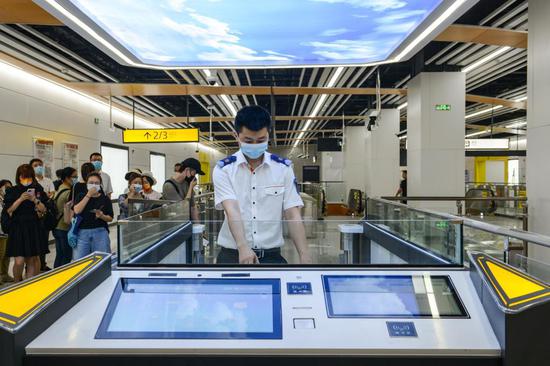

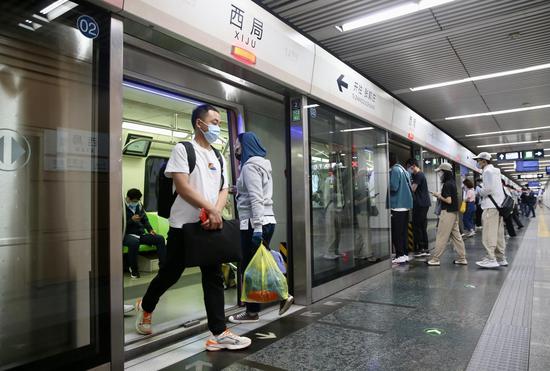




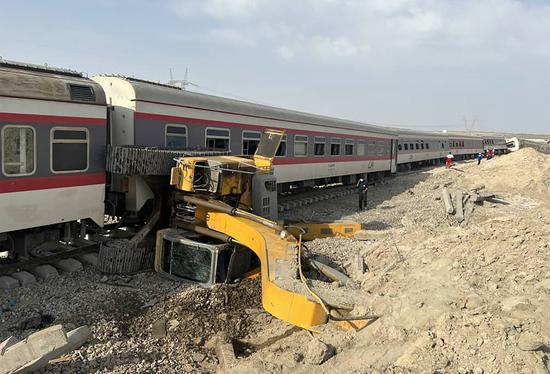

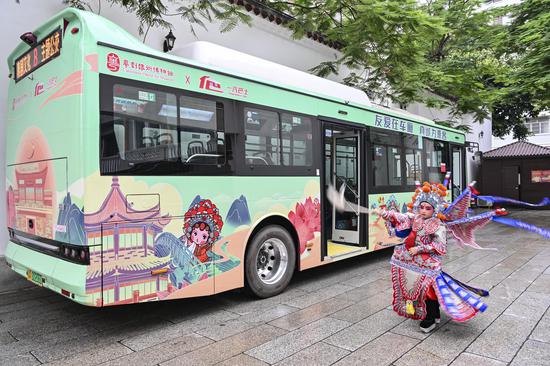




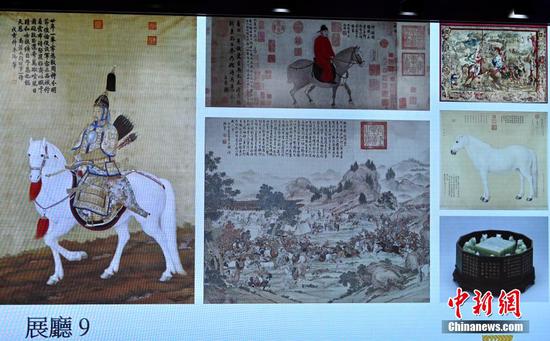




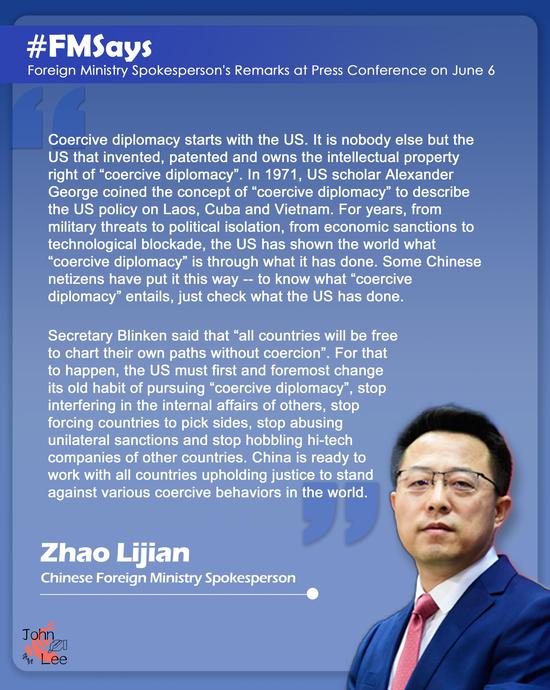
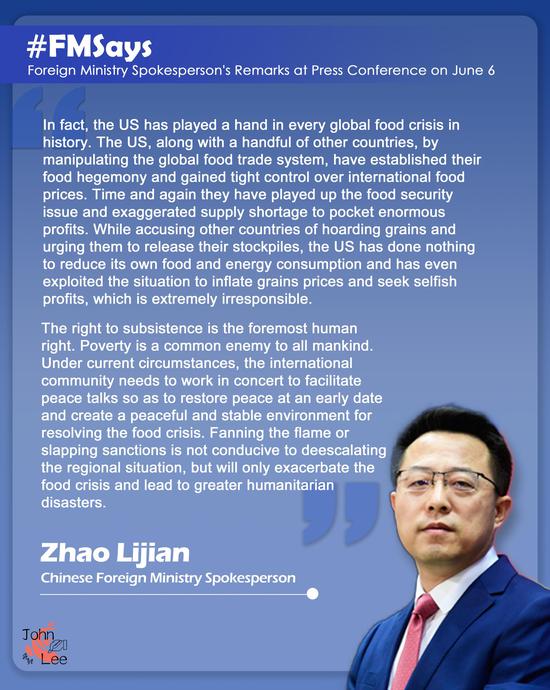
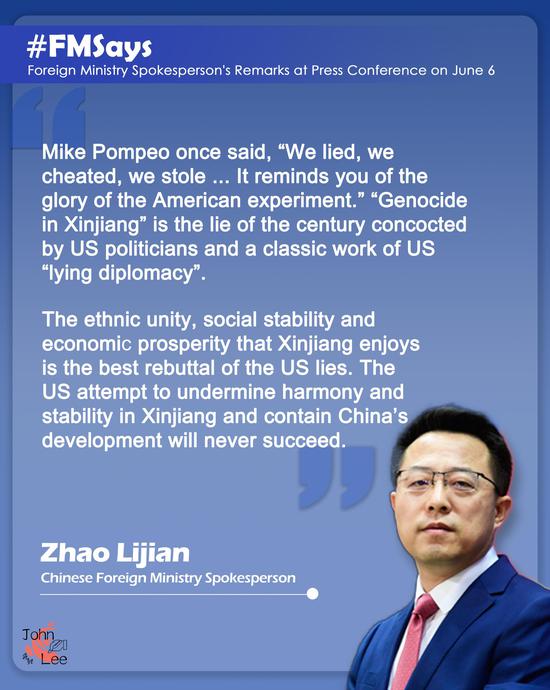




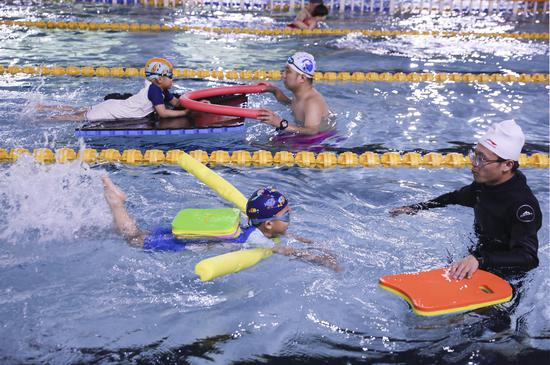



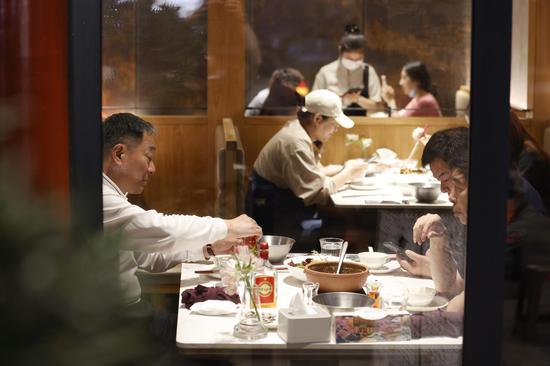









 京公网安备 11010202009201号
京公网安备 11010202009201号